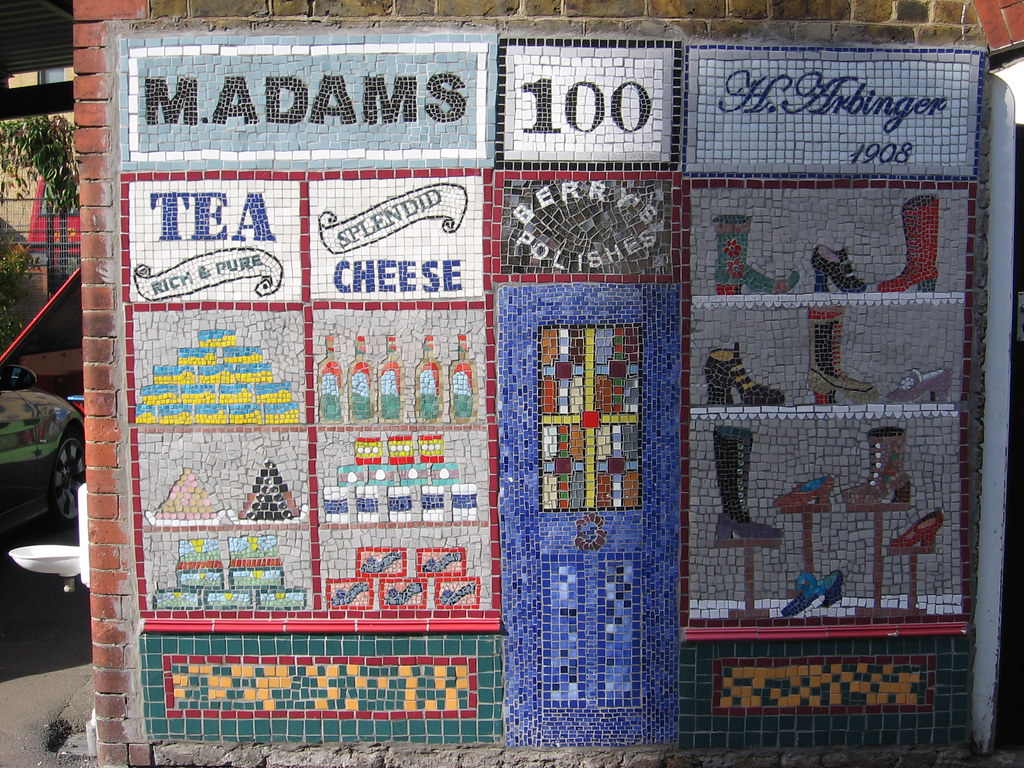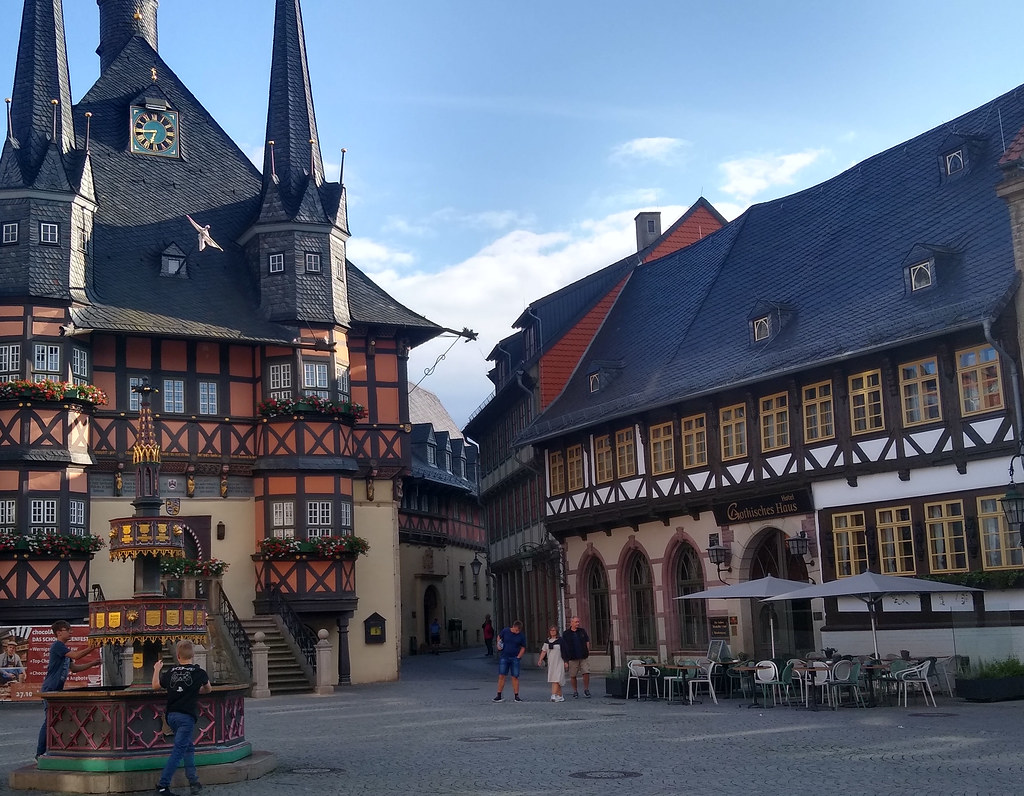On my list of places to visit for some years - Strawberry Hill House, a Gothic fantasy of Horace Walpole, politician (his father was our first and longest-serving Prime Minister), writer (he wrote the first Gothic novel and invented the word "serendipity"), connoisseur and collector.
Surrounded now by the affluent commuter suburb of Strawberry Hill and its comfortable villas from the later 19th and early 20th century, and a university, the house when built was a summer rural retreat from London, with open views down to the Thames.
Its design and decoration draw on mediaeval inspiration, but it has a lighter feel than the later idea of hefty Victorian Gothic we're much more familiar with, such as St Pancras station: painted wood, plaster and papier maché rather than solid stone and brick.
Starting in the hallway and stair case:
with its skylight drawing the eye to Tudor-style chimneys:

and its stained glass - some re-created as part of more recent restorations, but this Dutch picture of the prodigal son looks convincingly old:
the stairs take one up to the library (plenty of papier maché finials here):

and on to the gallery - Walpole's original collections were largely dispersed over subsequent generations, but suitable copies and replacements give the idea:
The vaulting is of course purely decorative:

Moving on and up, the more private rooms come next - a room intended to give the feel of a mediaeval chapel, though decorated with kings and queens and their heraldic badges, rather than saints and Bible stories:



















































